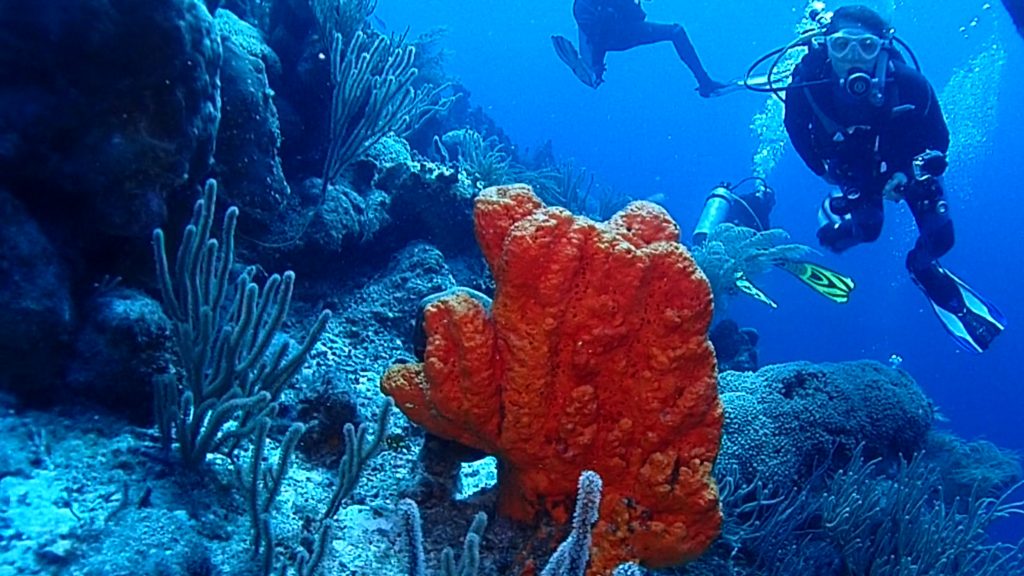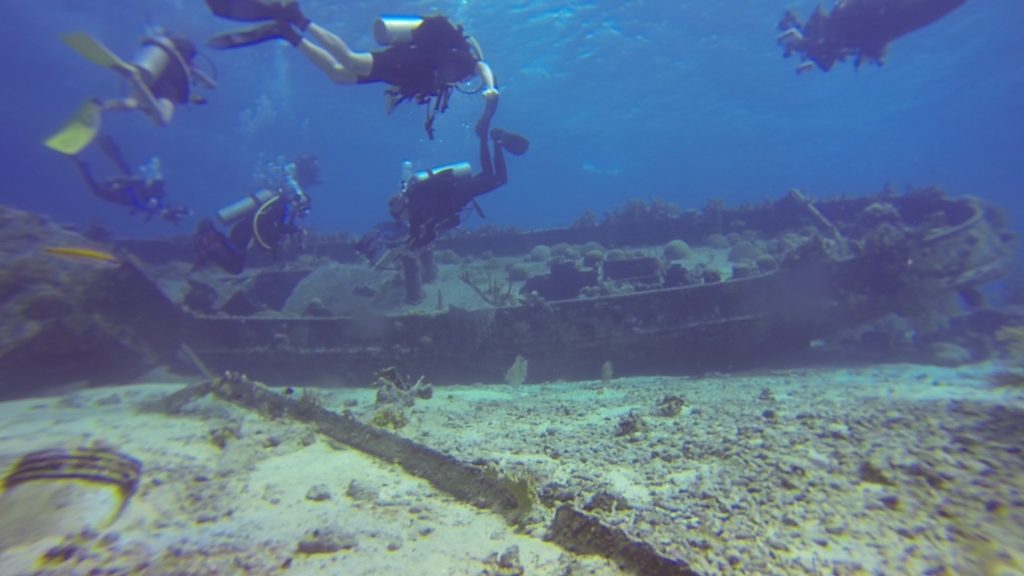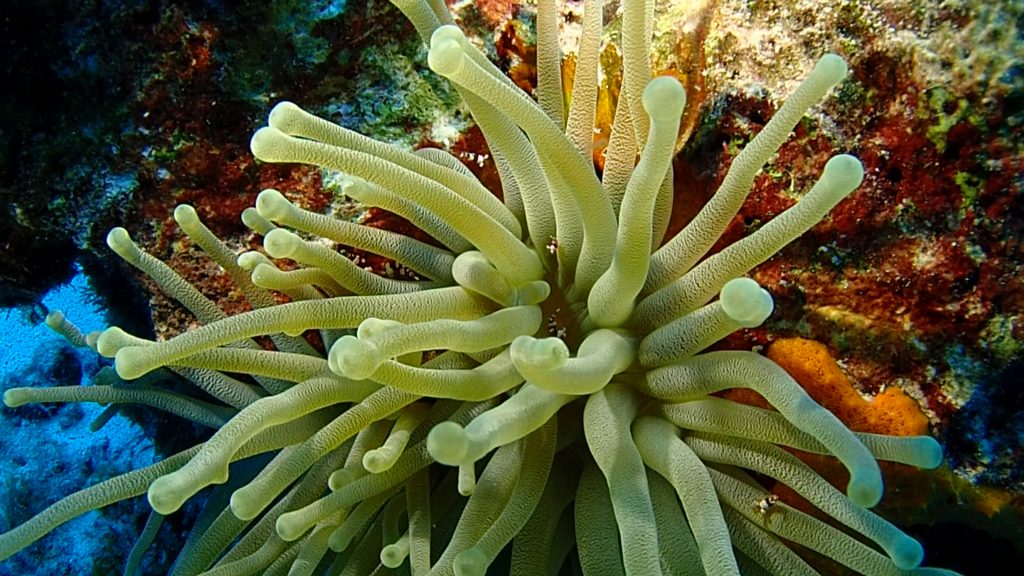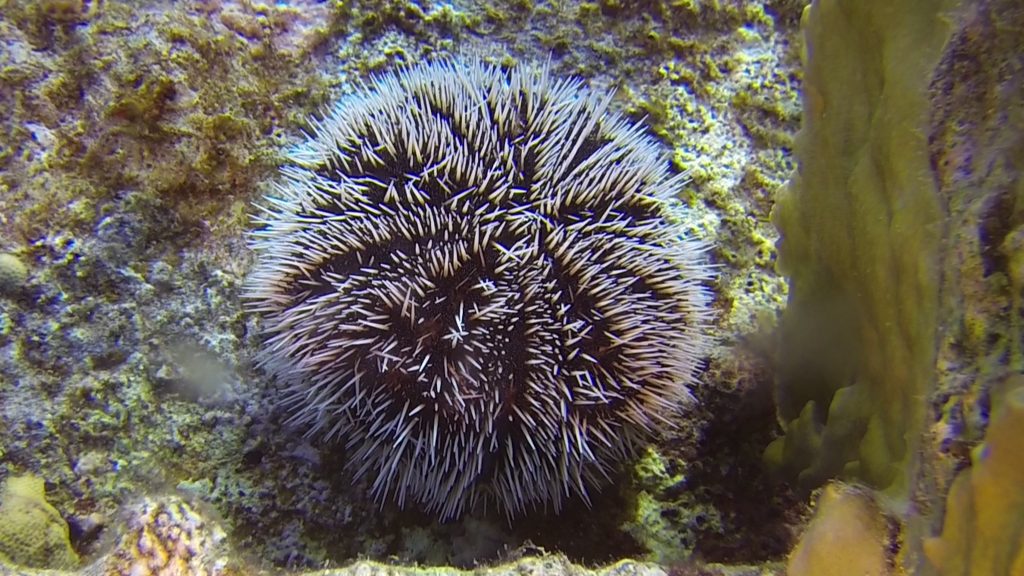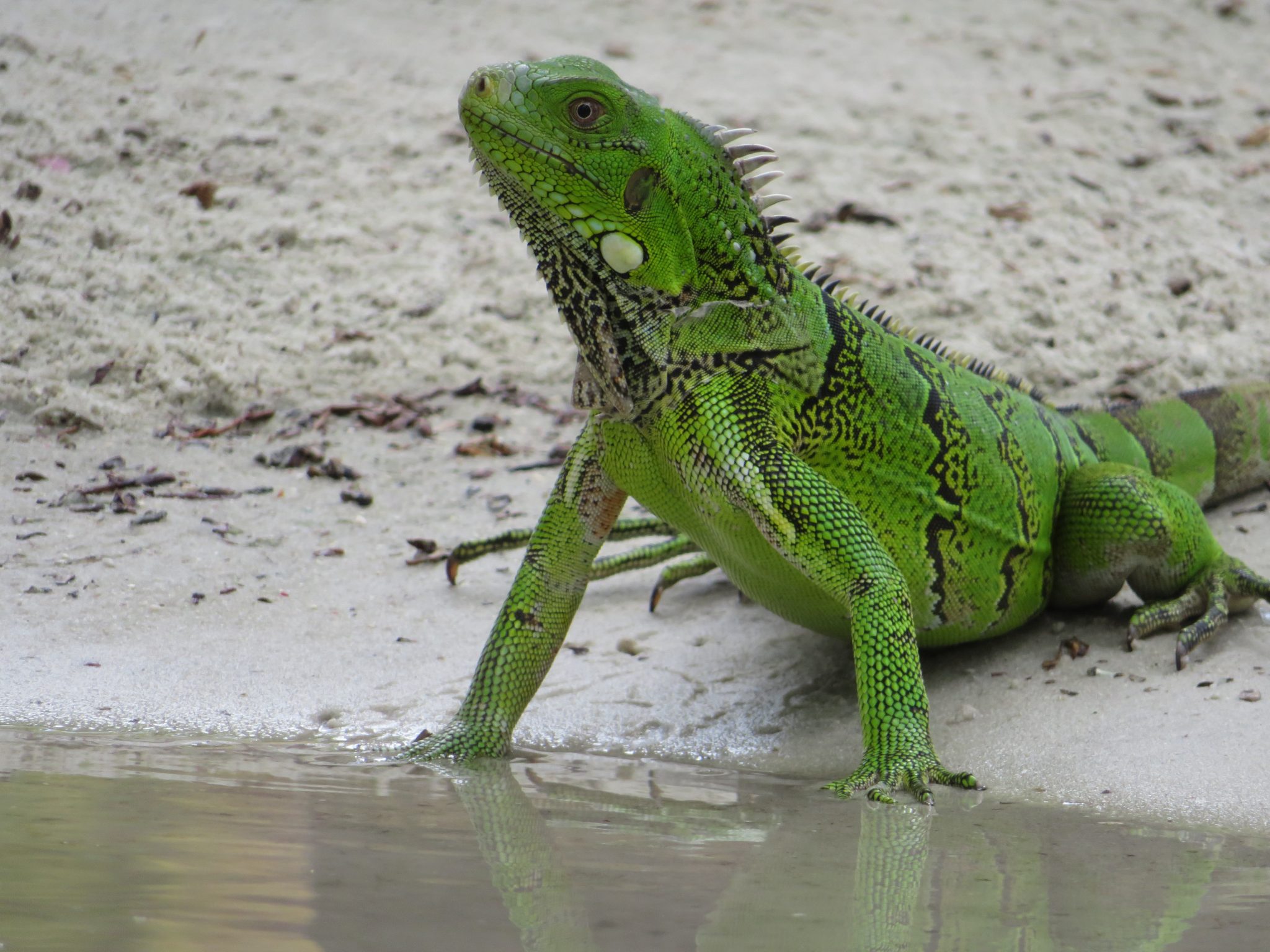December 2018 – Our last dive trip was in February, so we wanted to fit in another trip before the end of the year. Dive trips in the Caribbean are generally cheaper and easier to get to than traveling to Asia and the South Pacific. The diving isn’t as spectacular, but convenience counts for a lot.
We had already been to Bonaire, so we thought we’d try out her sister island. Together with Aruba, these three islands make up the former Netherlands Antilles, though they’re now independent of one another. They are all located just north of Venezuela, so generally are out of the hurricane belt.
Travel: We flew from L.A. to Miami, and then on to Curaçao. American Airlines flies there every day, so that was flexible. We had pre-arranged for transfer from the airport to the hotel, and it was about a 20-minute drive.
Lion’s Dive: The hotel is large and right on the beach, with lots of places to hang out on the sand or enjoy swimming or snorkeling. The property is right next to Mambo Beach, a very popular area with water slides, a shopping center, restaurants, and weekend music. There are several restaurants at the resort, so if you have full- or half-board, there is some variety.
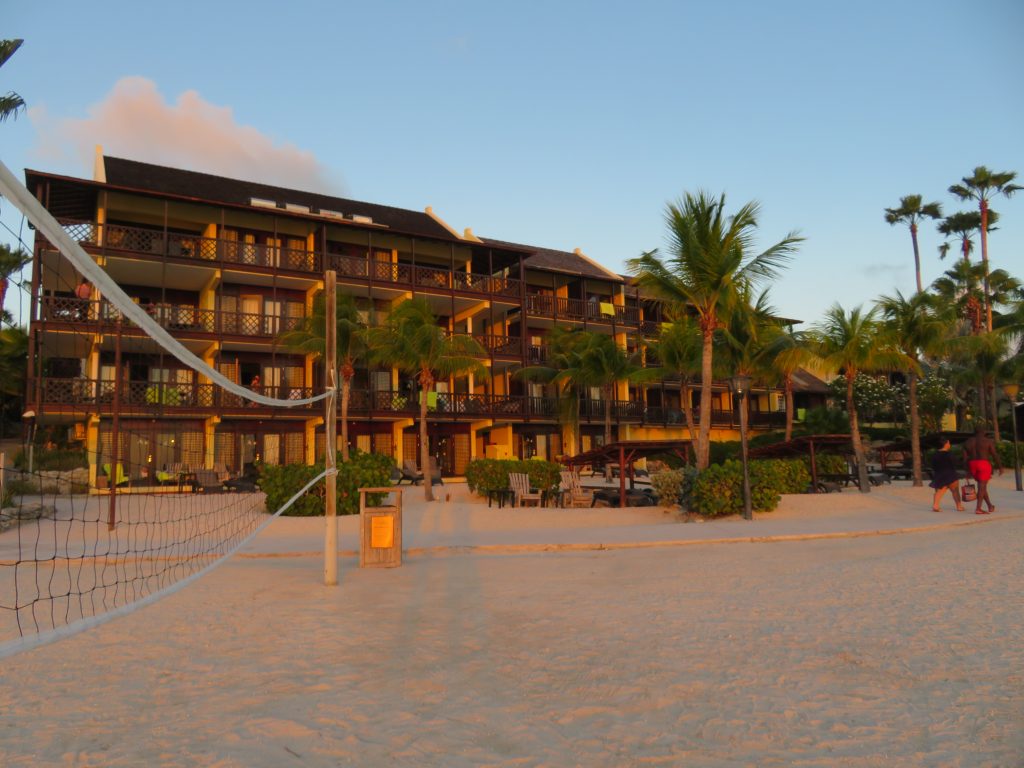
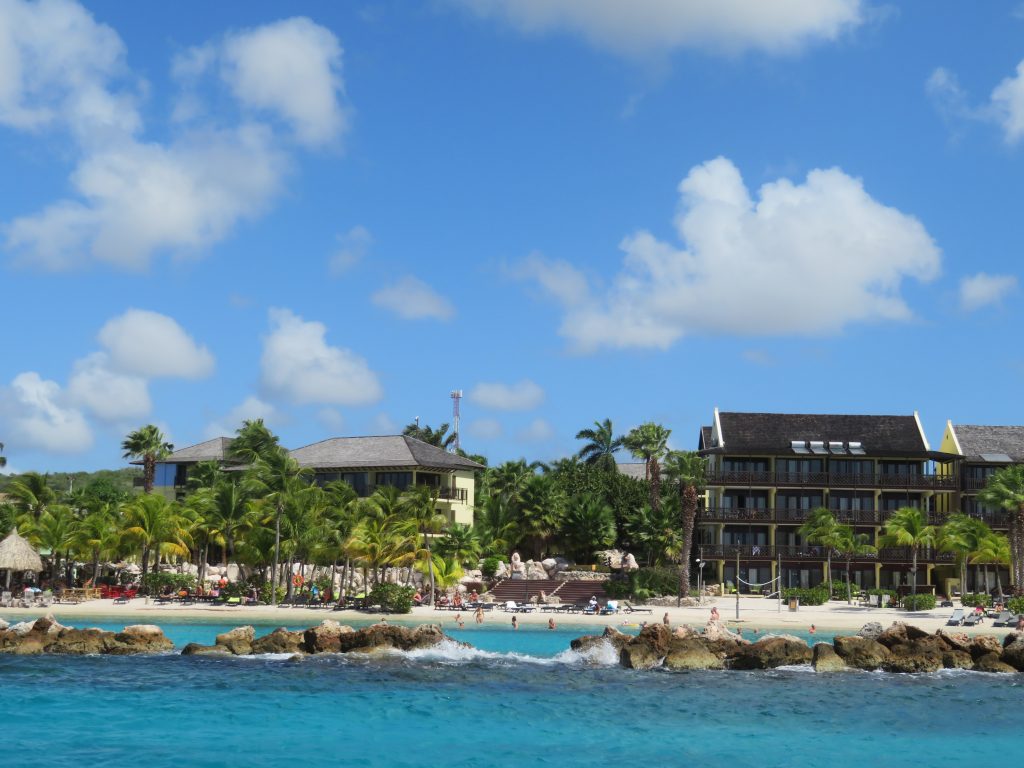
Our room was second floor beachfront, with a lovely view of the beach and ocean.
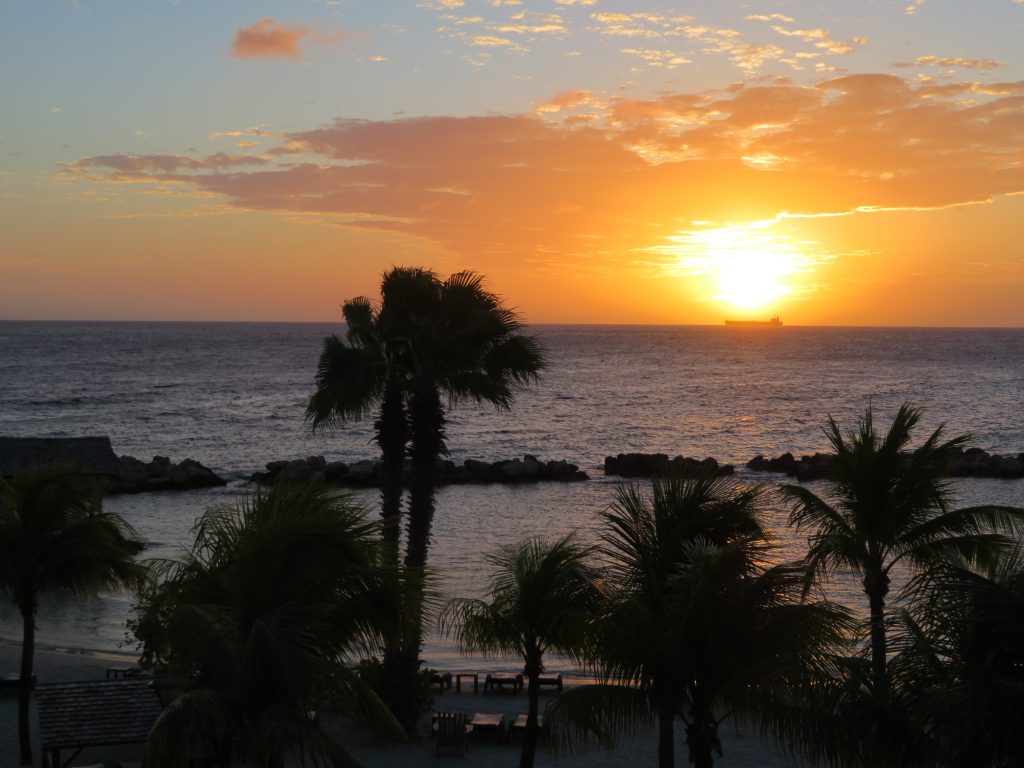
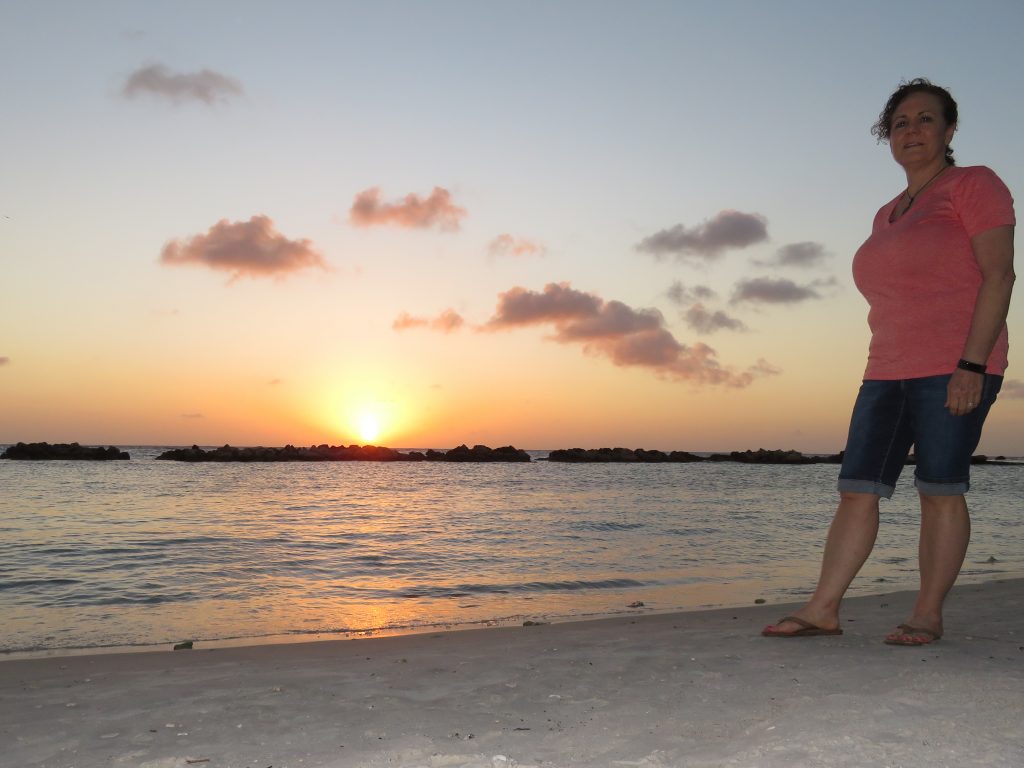
The land-based highlight was enjoying the green iguanas, whiptail blue lizards and troupial birds (Curaçao’s national bird).
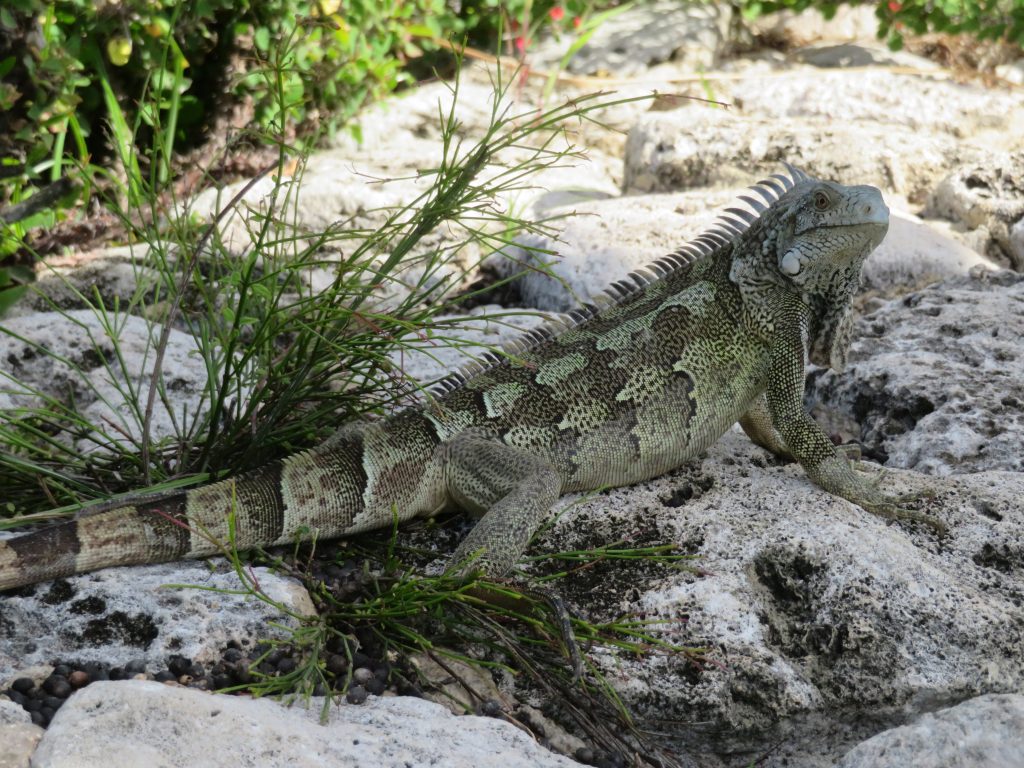
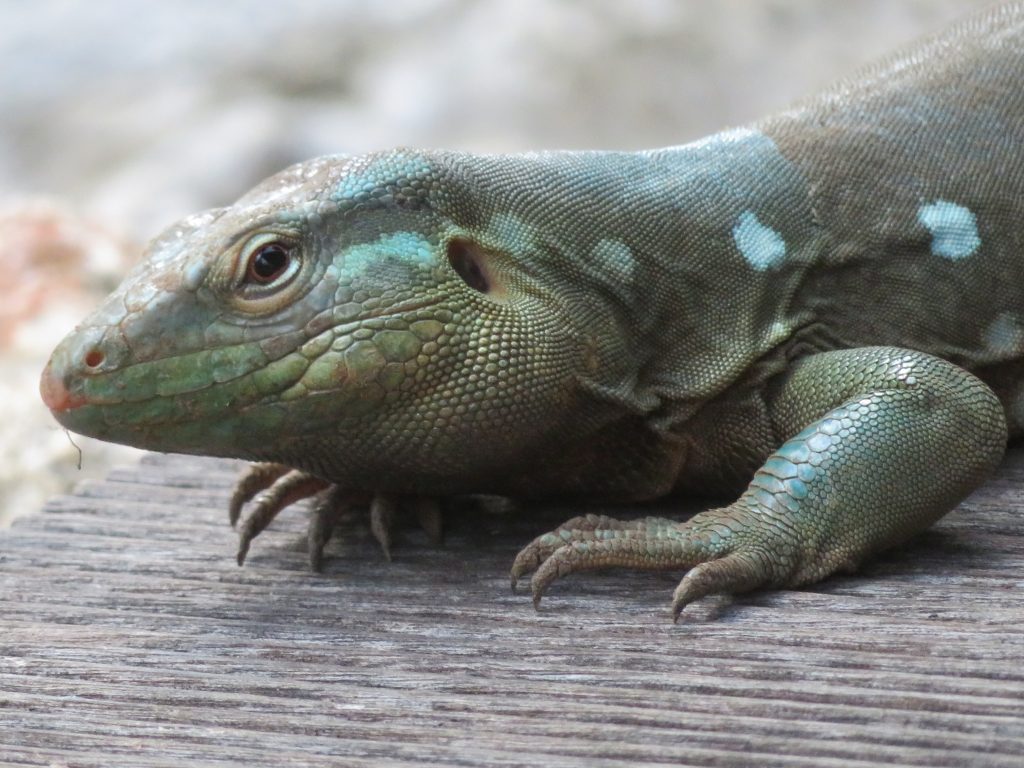
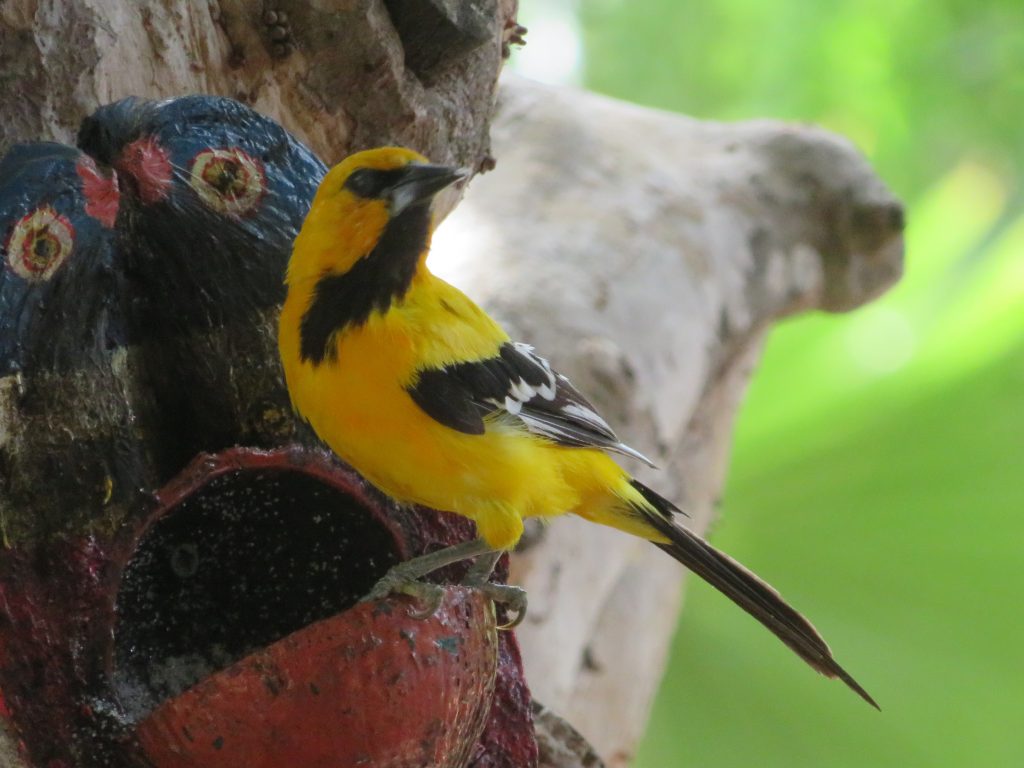
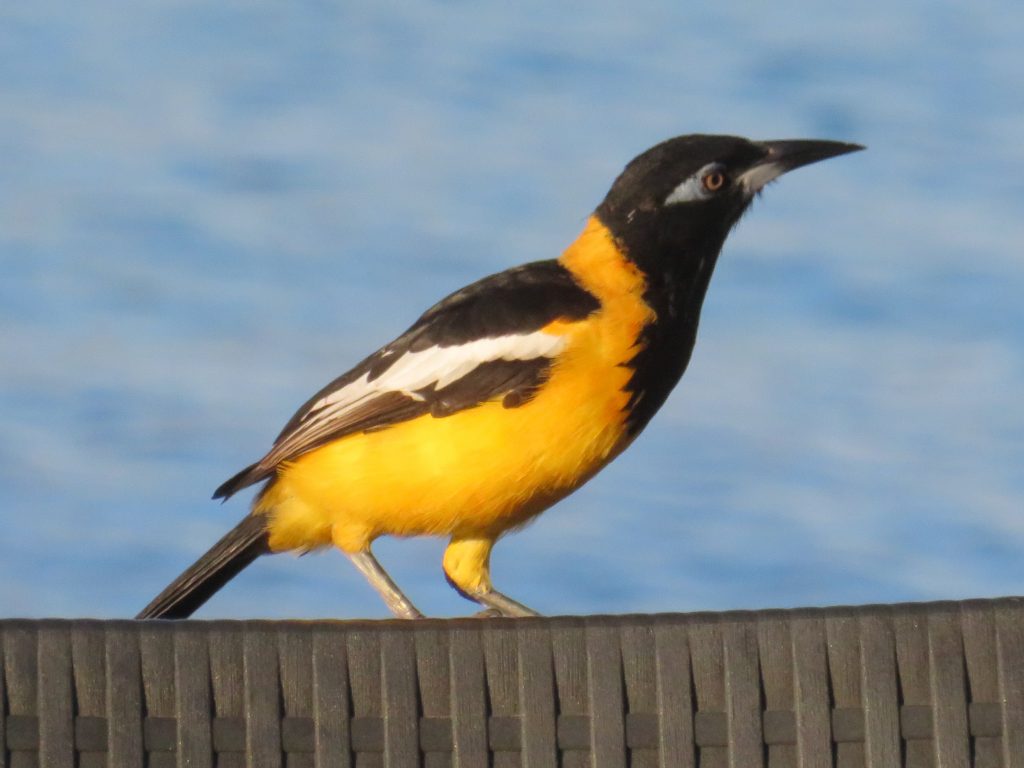
The diving: We had a pre-arranged package of 10 boat dives, so we met every morning at 8:30 at the Ocean Encounters dive shop (located on the Lion’s Dive premises) to board the dive boat (we did two dives each day, always in the morning). There were usually 10-18 divers on board, and the crew helped with set-up, switching over to new tanks, feeding snacks and providing water.
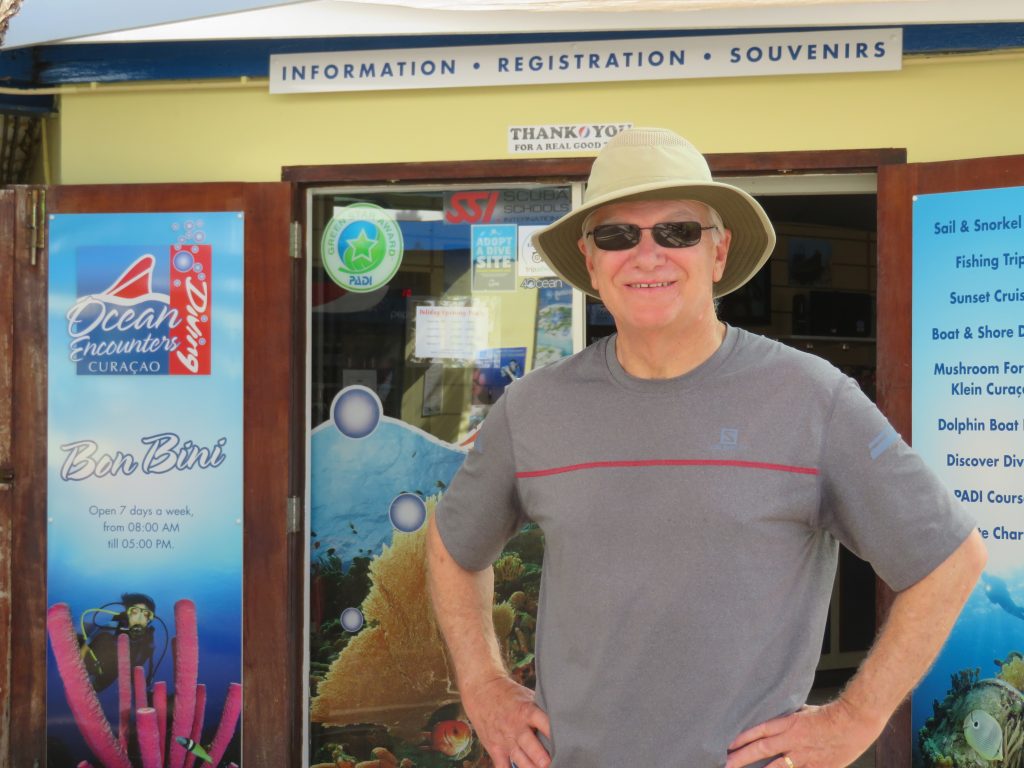
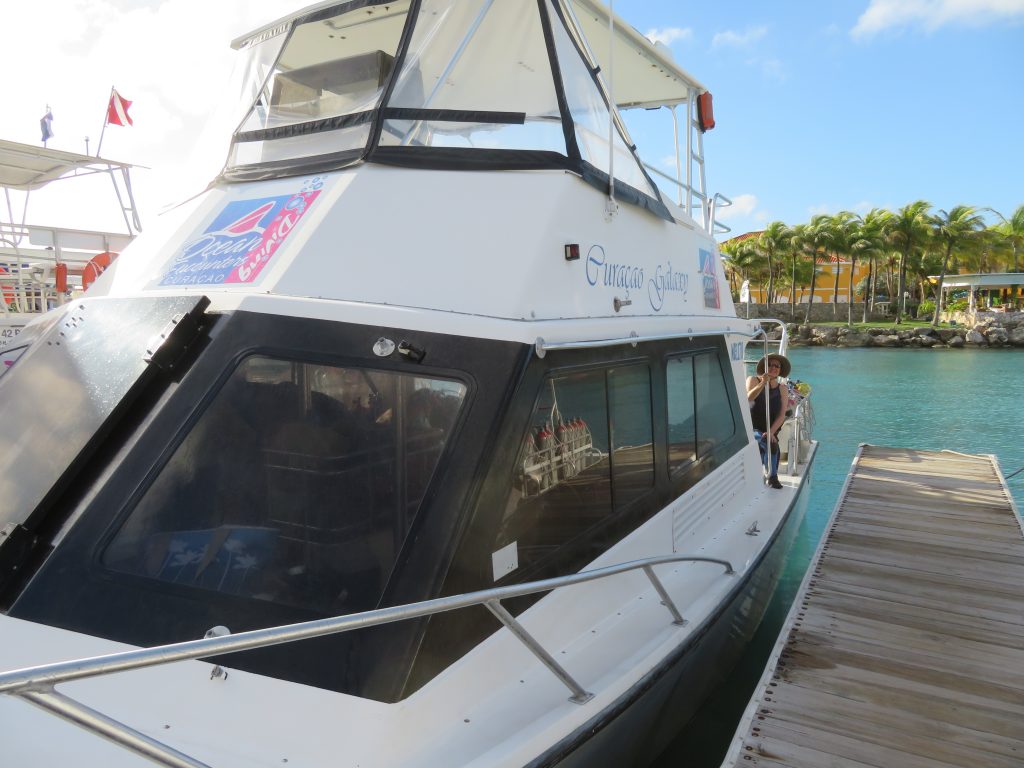
In the water, the guides would lead us in two groups (6-8 people per group), and they were pretty good about pointing out critters. Here’s a list of our dive sites with key critters (many species were found on multiple sites):
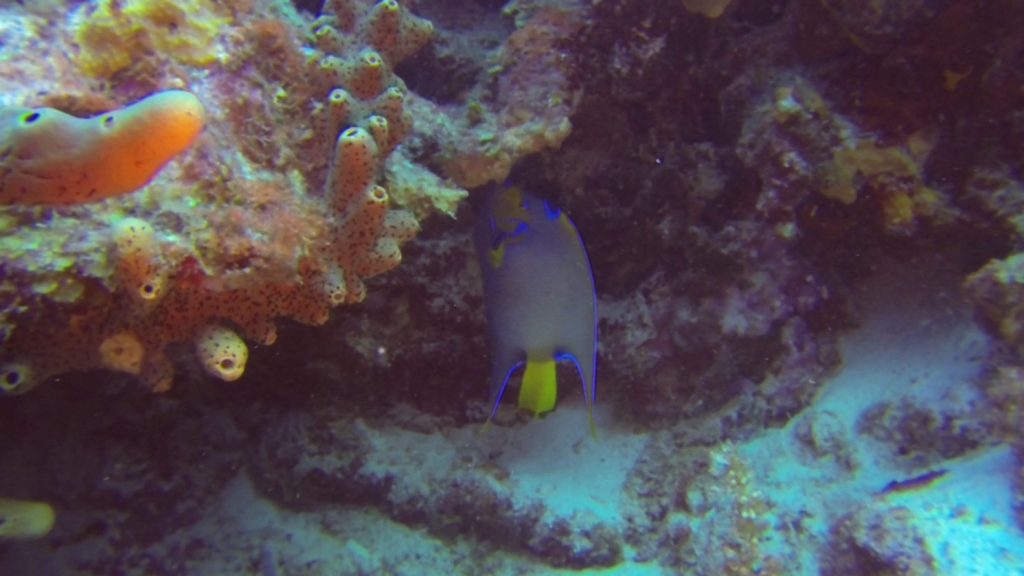
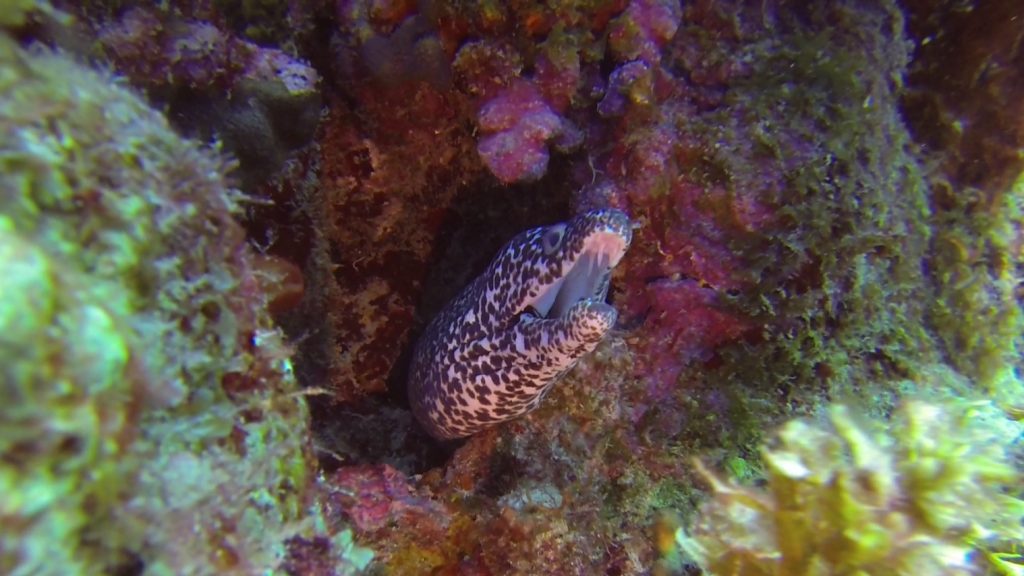
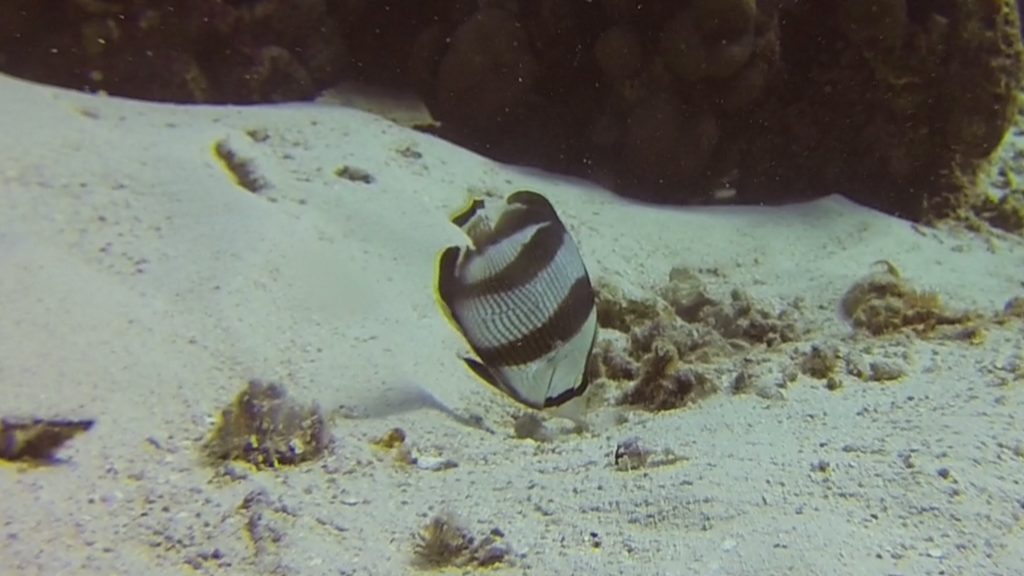
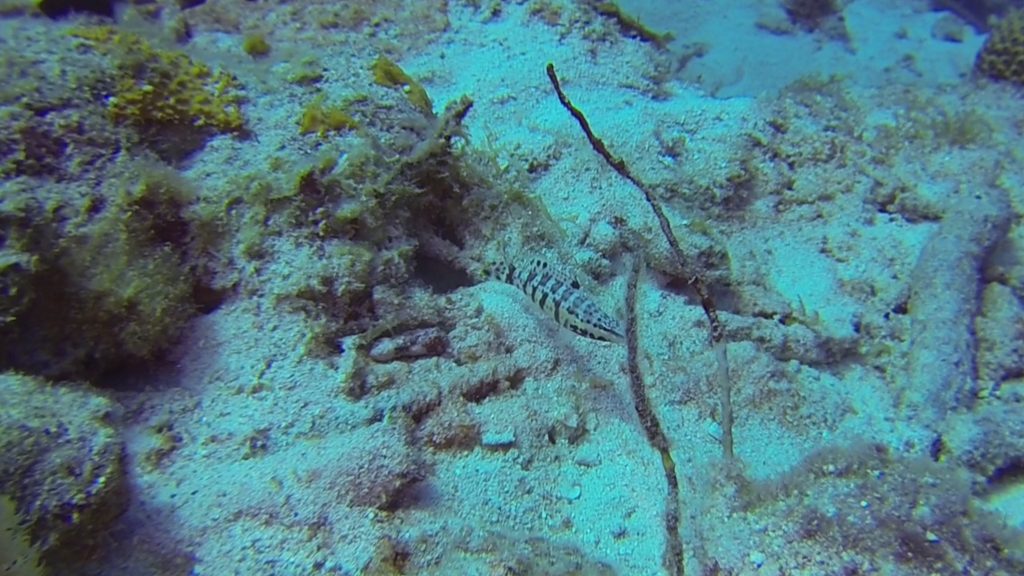
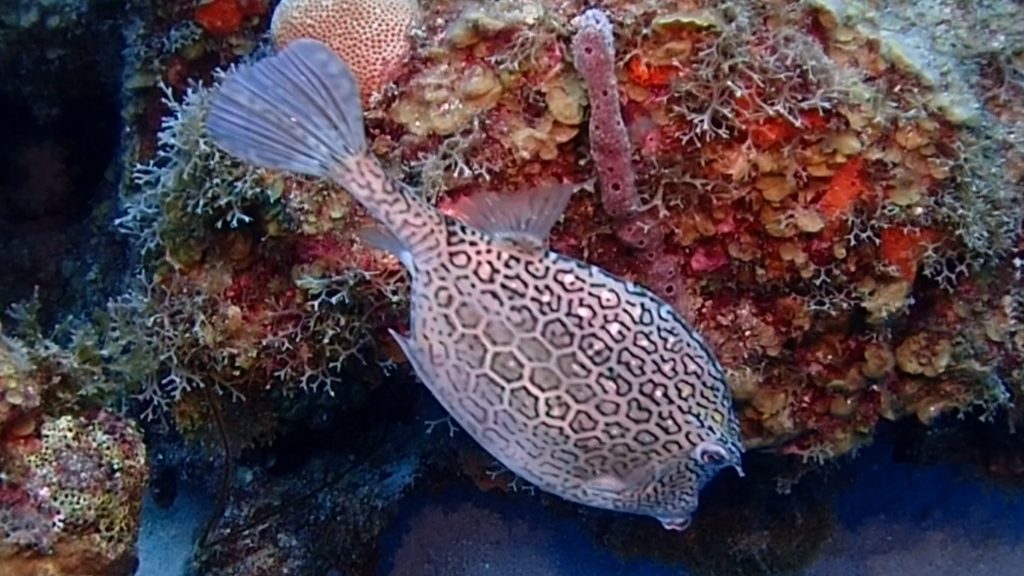
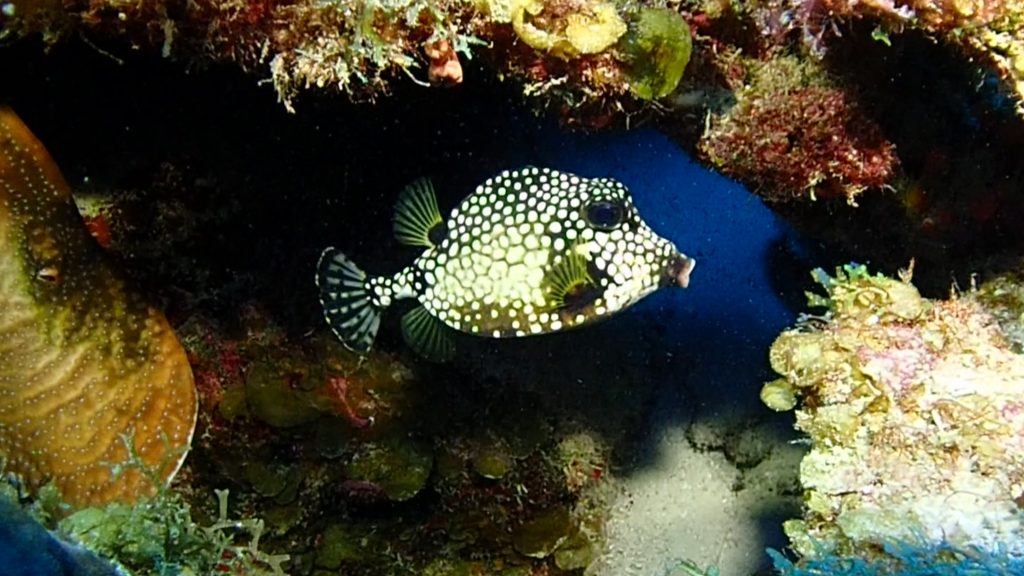
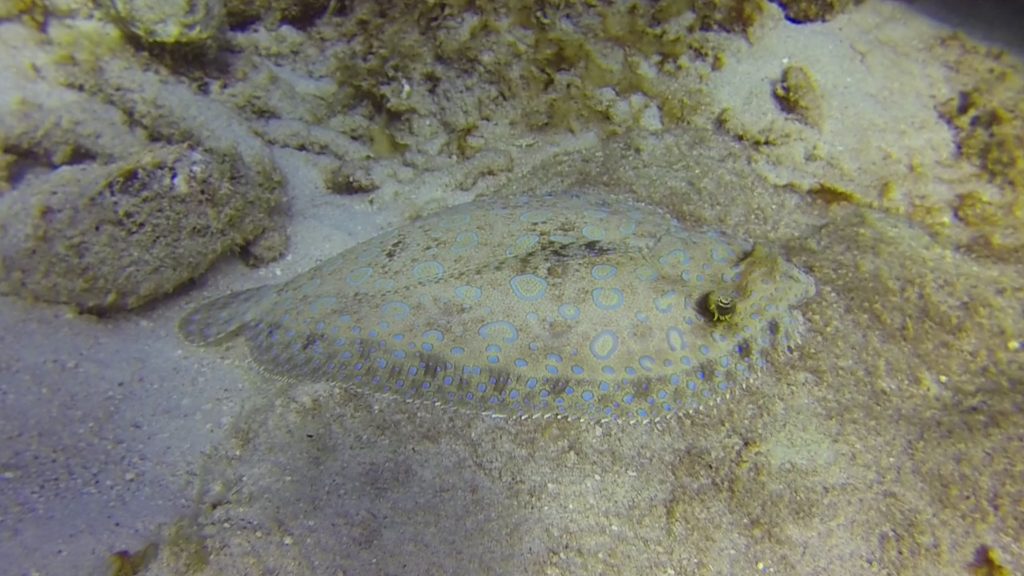
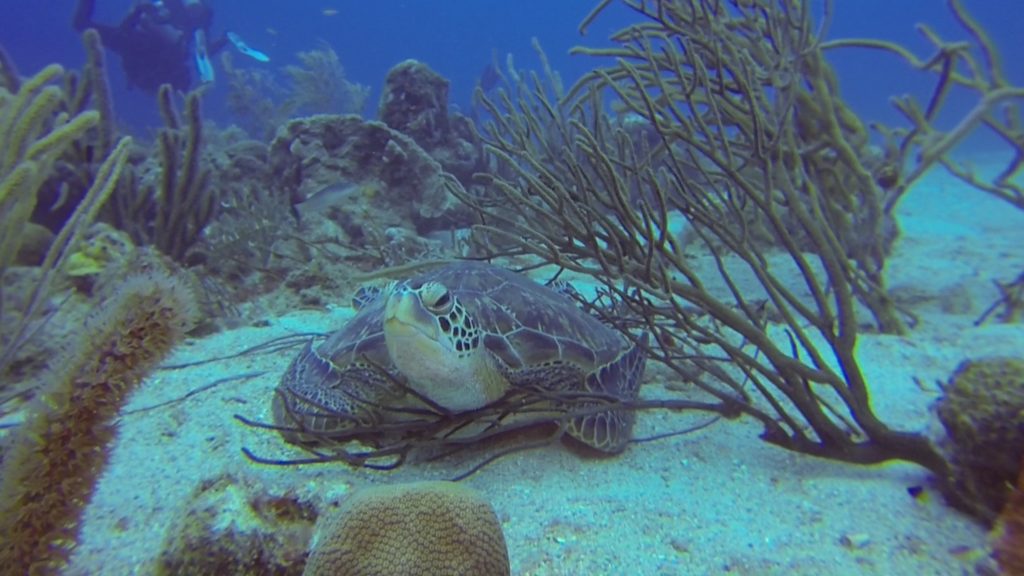
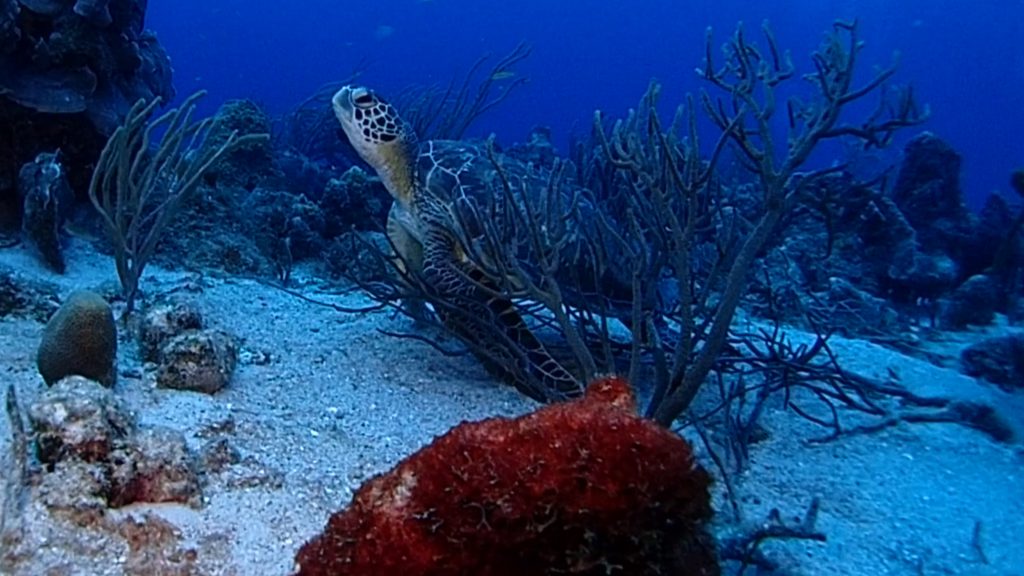
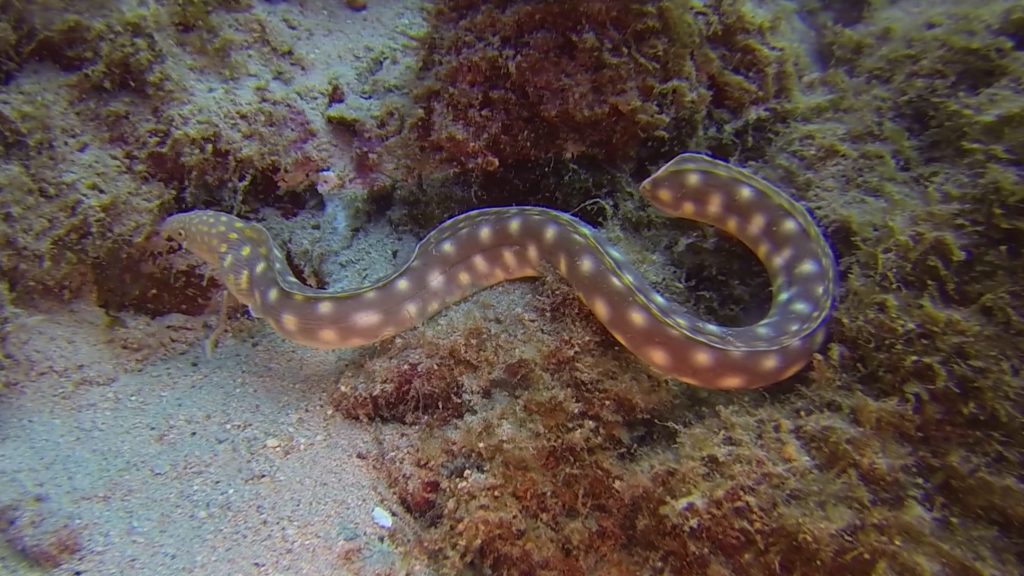
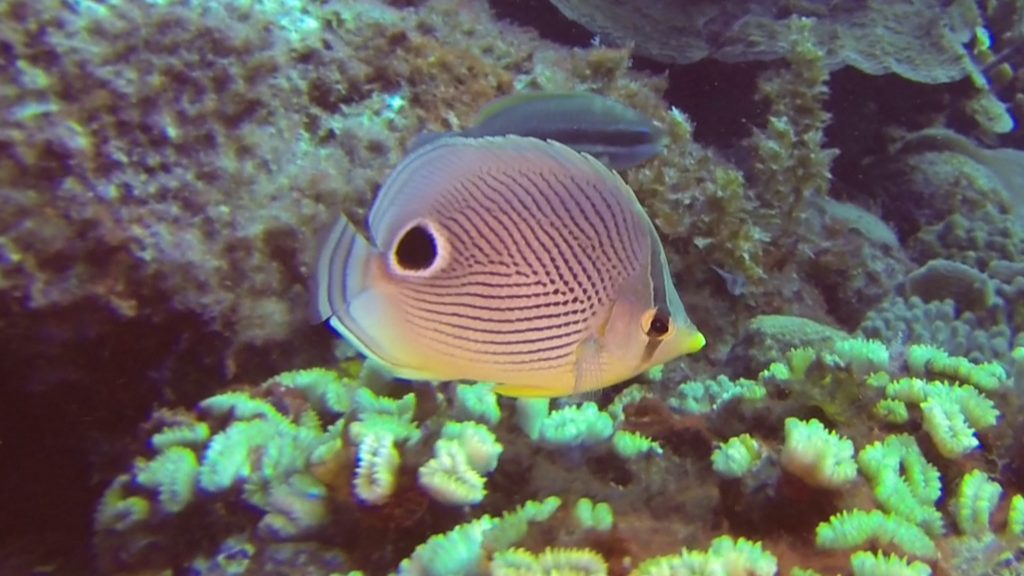
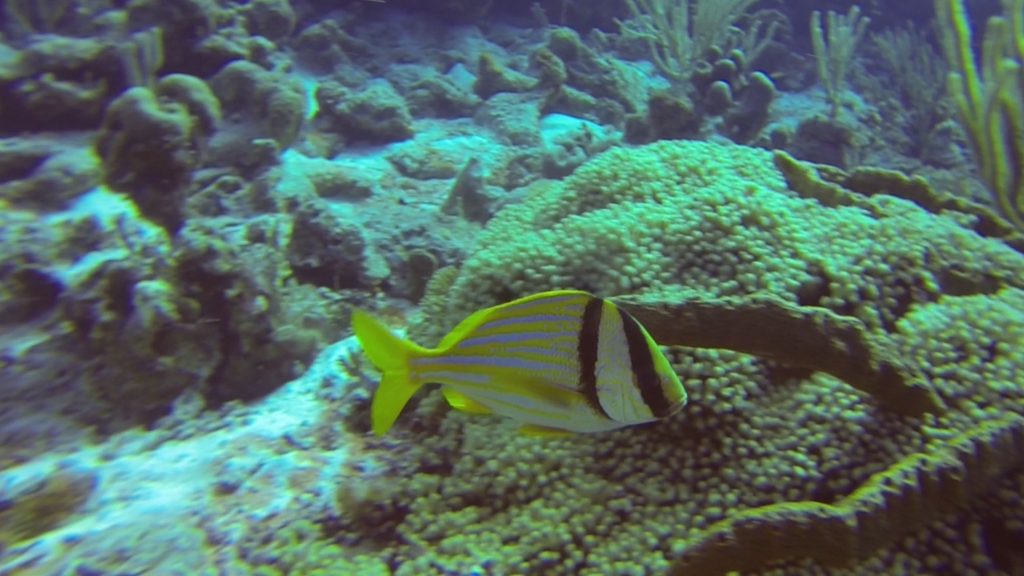
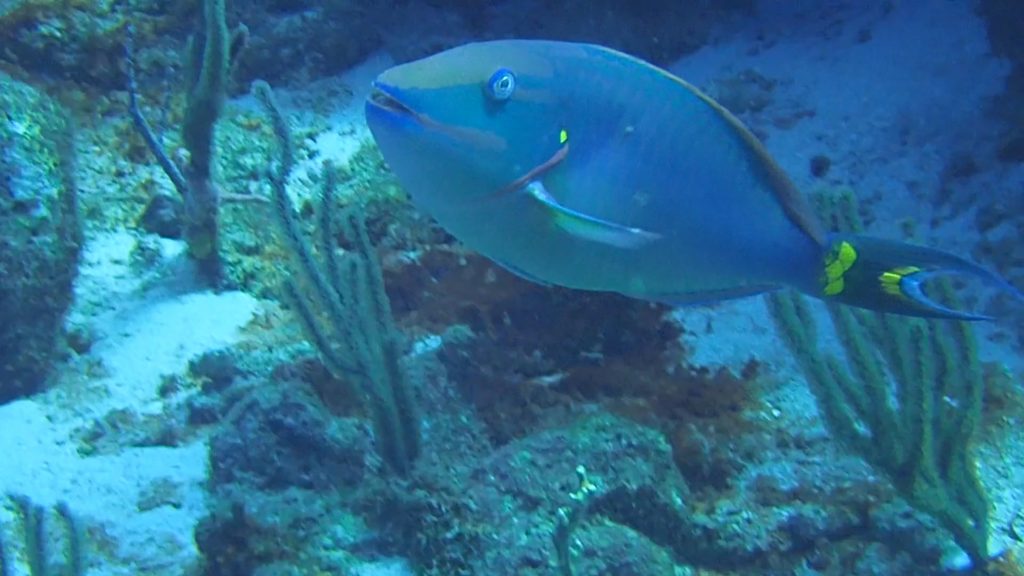
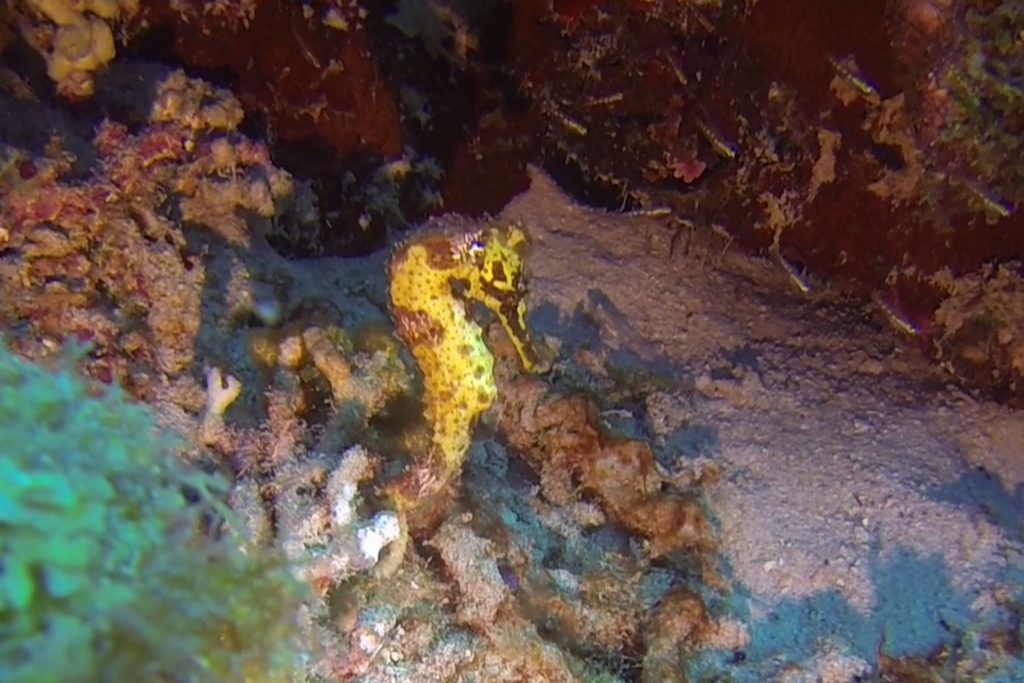
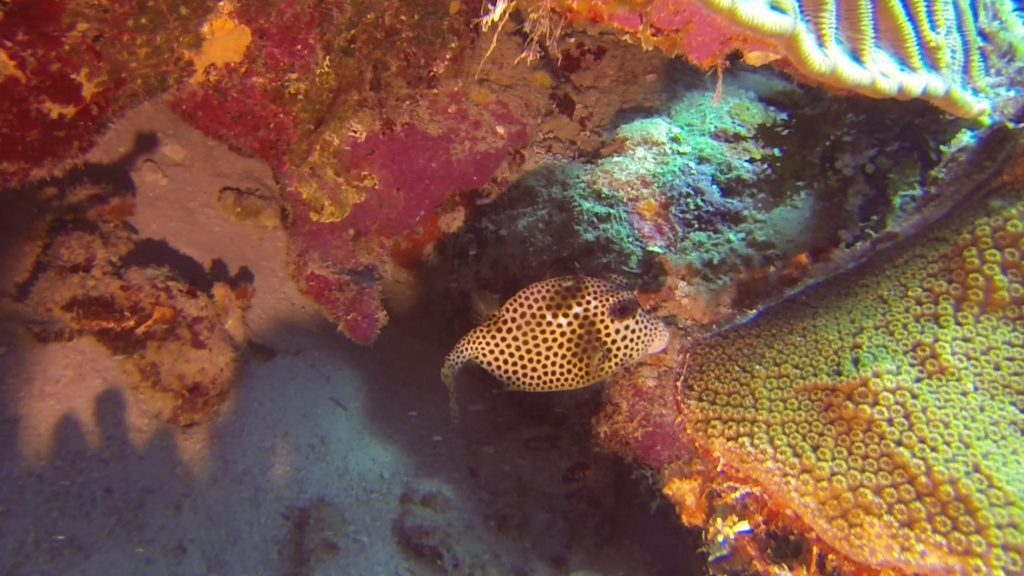
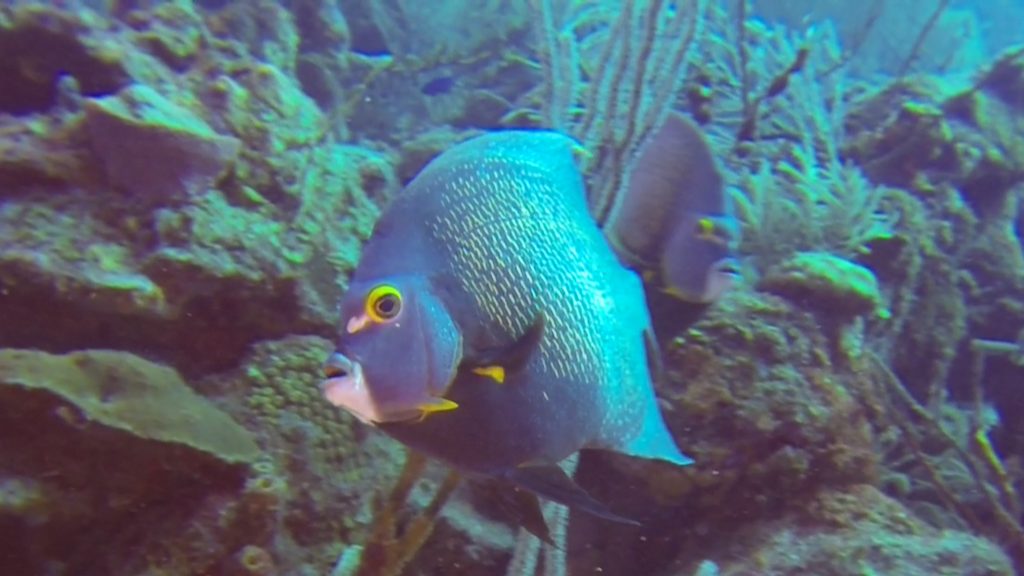
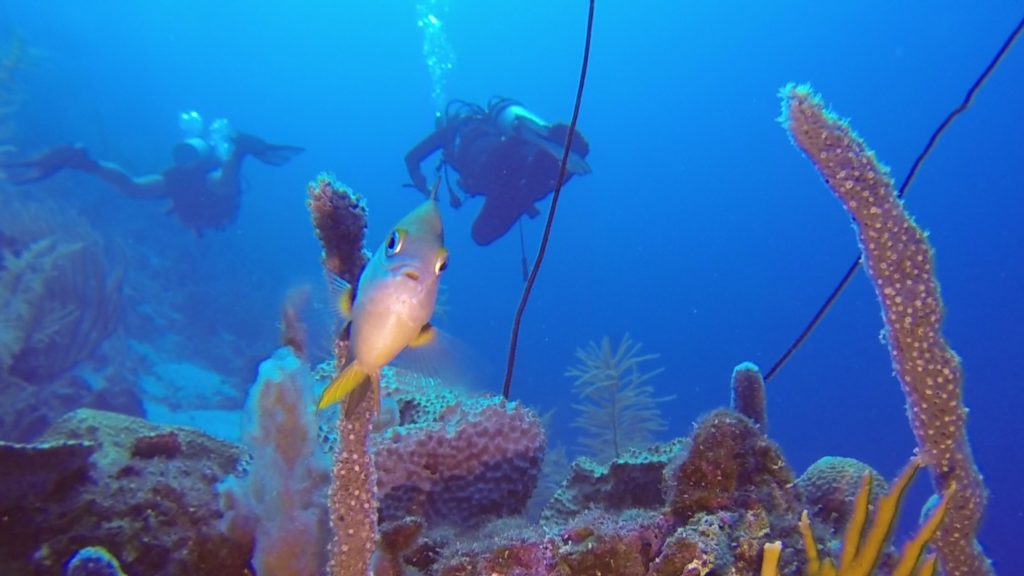
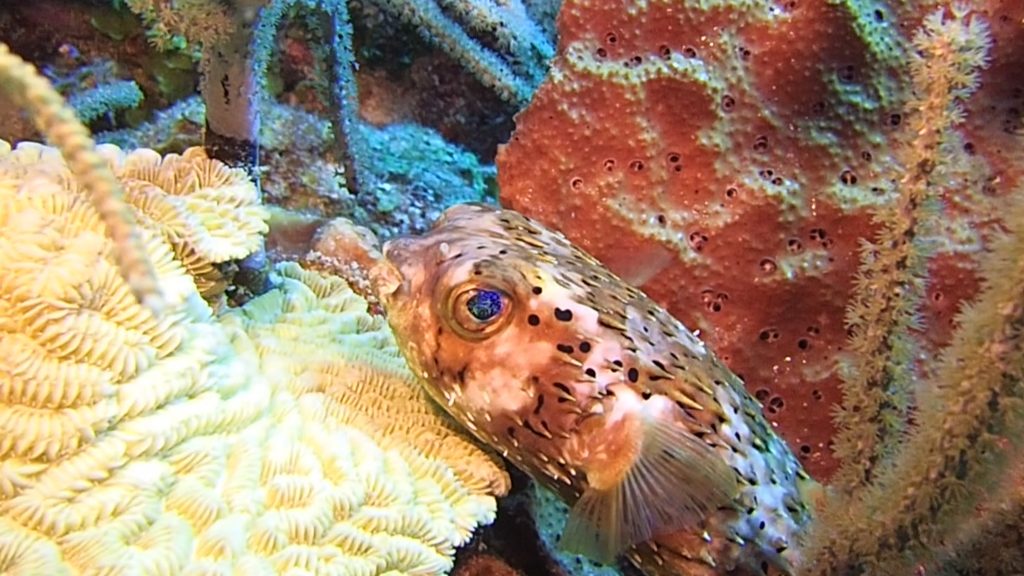
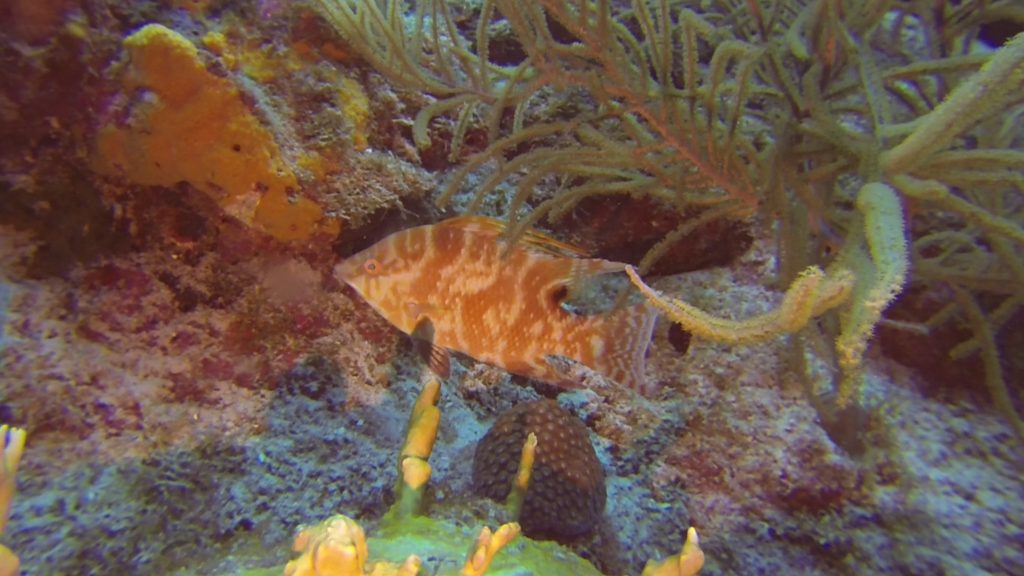
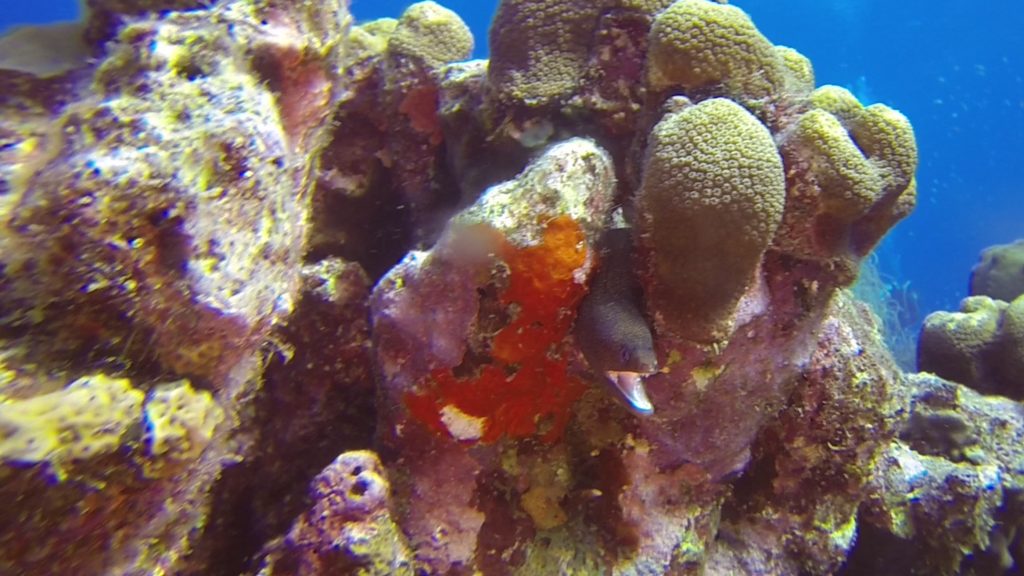
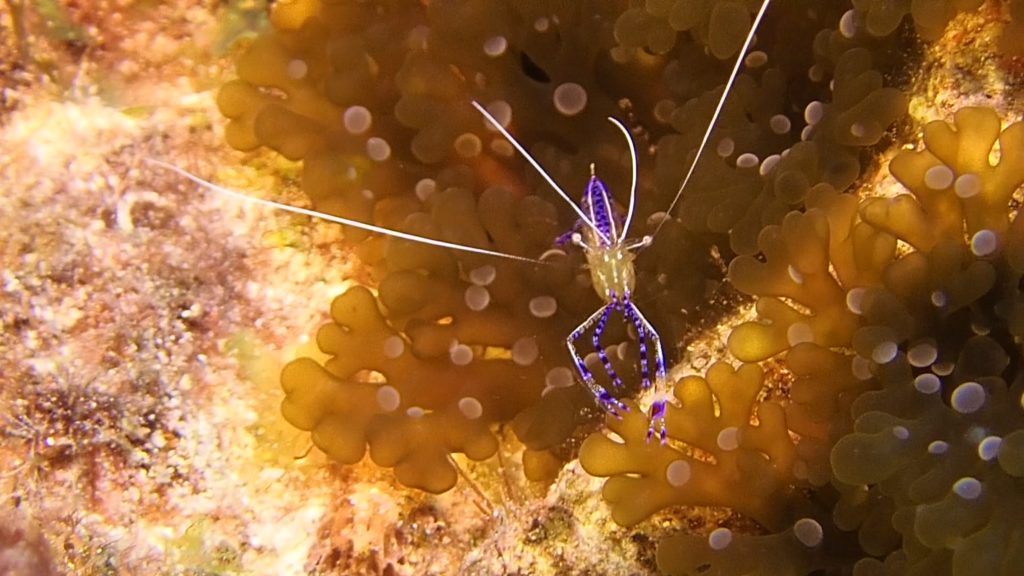
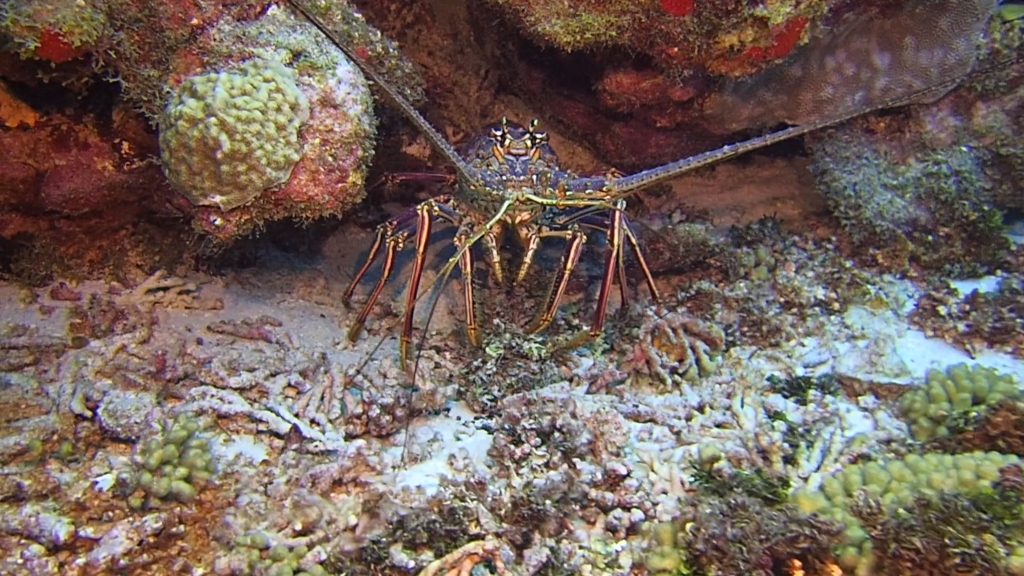
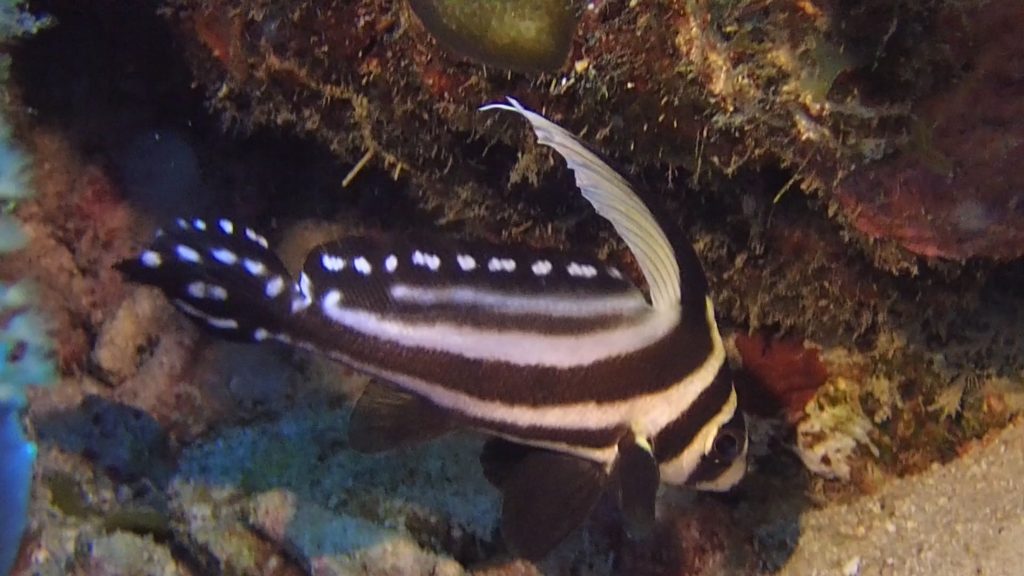
We were supposed to go to Mushroom Forest, but they didn’t have enough sign-ups, so we didn’t get to go. Overall, we would give the diving in Curaçao a grade of B-. There just aren’t that many fish, and the coral is only moderately healthy (as is true of other sites we’ve been to in the Caribbean).
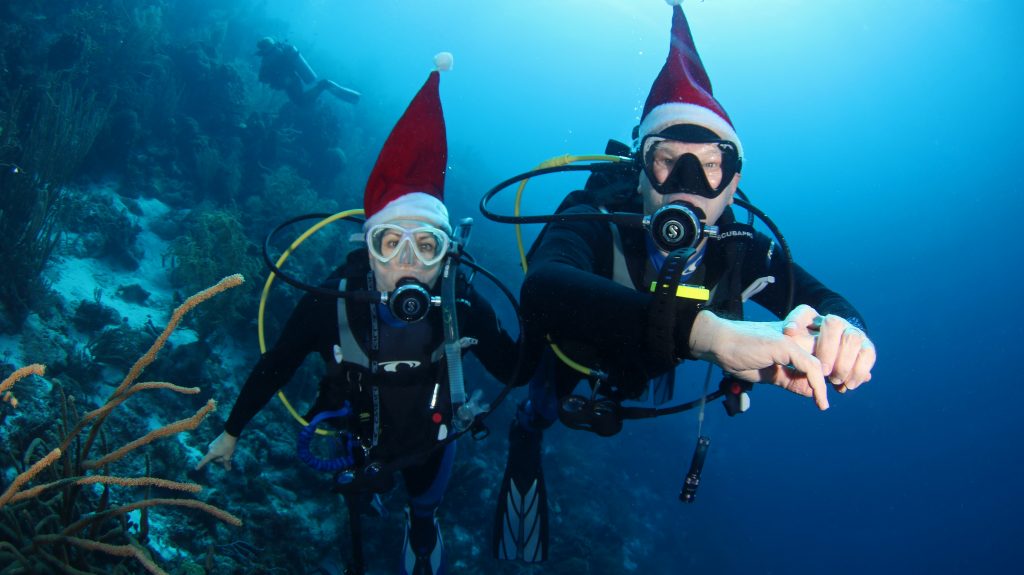
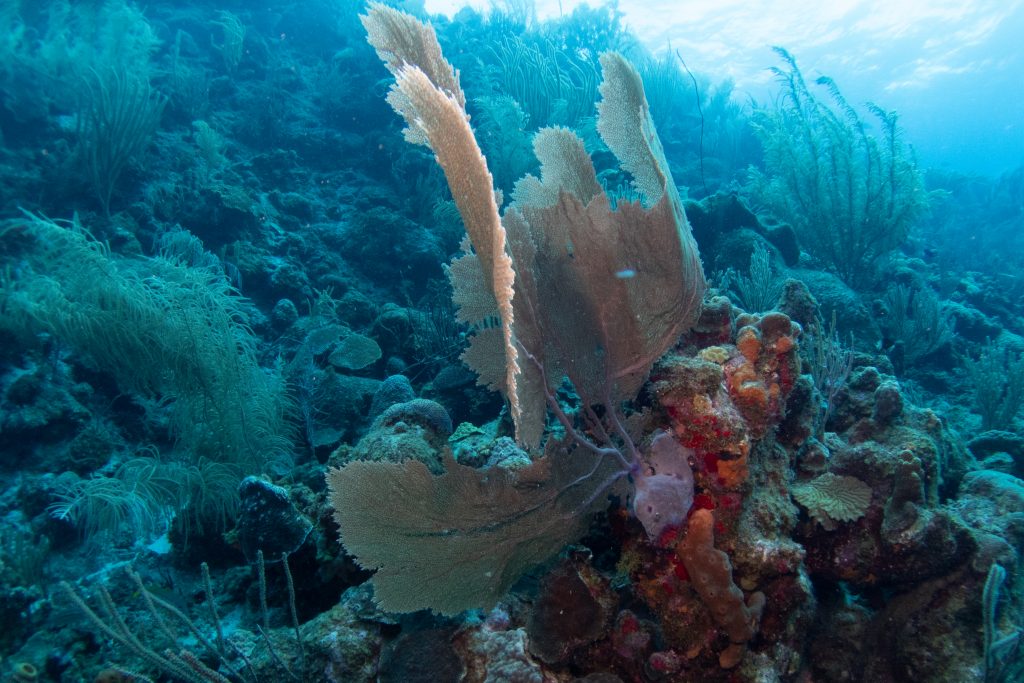
Pros: not far from the U.S., relatively inexpensive to fly there, able to use U.S. dollars and communicate easily in English, most dive sites had good visibility (60-80+ feet), you can drink the tap water, reptiles are fun to watch
Cons: meals and other services were more expensive than Asia and the South Pacific, it’s very hot when you get away from the water, not much quantity or variety in fish species
